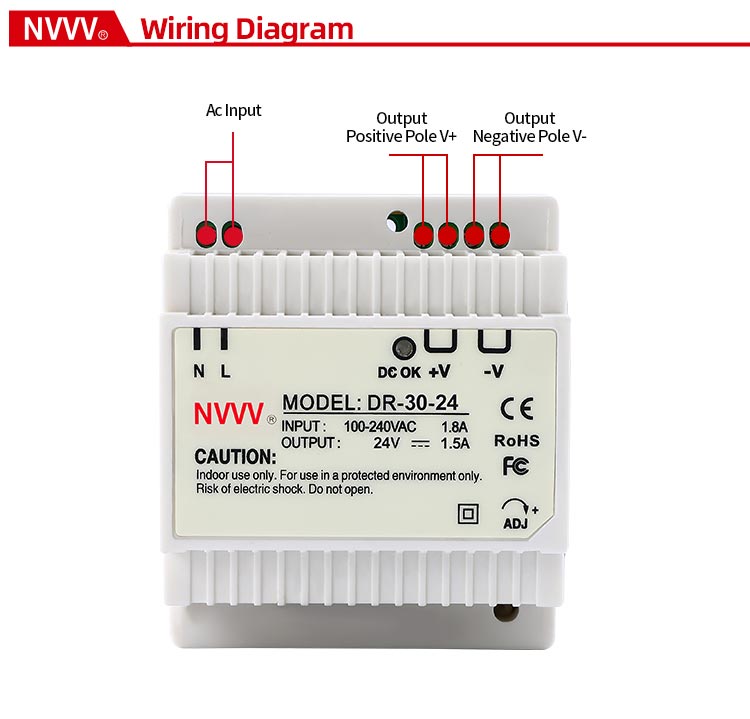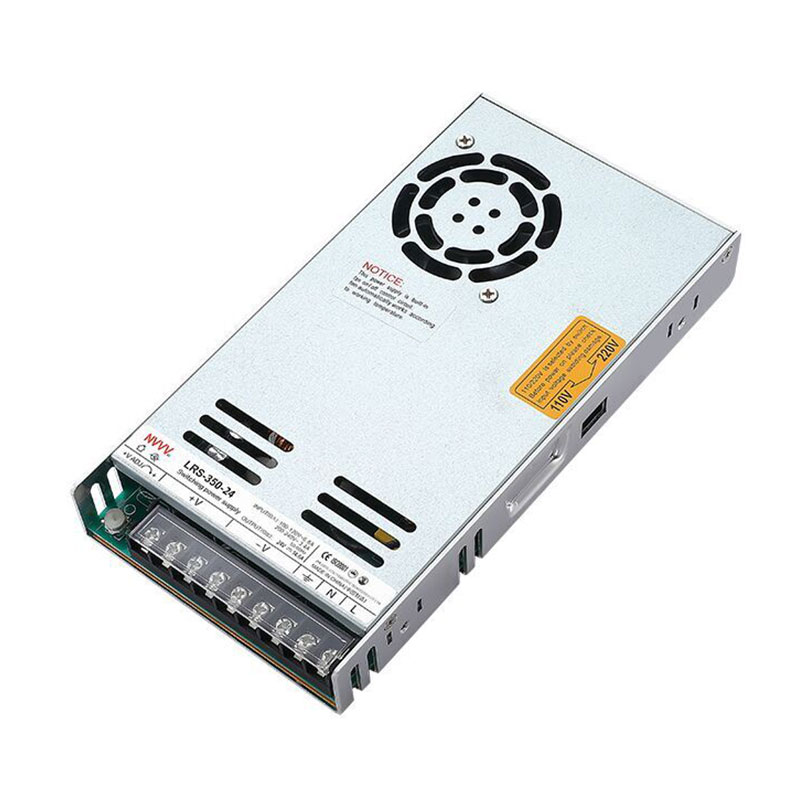Why is the SMPS so important and how does it work?
In modern electronic devices and power management, the switching mode power supply (SMPS) plays a vital role. With the continuous advancement of technology, SMPS has gradually replaced the traditional linear power supply and become the preferred solution for power supply. This article will explore the importance, working principle and application scenarios of SMPS in depth, in order to provide readers with a comprehensive and detailed understanding.
Why is SMPS very important?
Switching power supply (SMPS) has irreplaceable importance in modern electronic devices, which is mainly reflected in the following aspects:
First, the high efficiency of SMPS is one of its biggest advantages. Traditional linear power supplies control the output voltage by adjusting the conduction state of transistors, resulting in a large amount of energy loss in the form of heat. SMPS works at a high frequency through switching elements, converting DC into high-frequency AC, and then obtaining the required DC through transformers and rectifier circuits. This conversion method greatly improves energy utilization, so that the efficiency of SMPS can usually reach more than 80%, and some can even exceed 90%.
Secondly, the size and weight of SMPS are relatively small. Due to the characteristics of high-frequency operation, the volume of the transformer and filter required by SMPS is greatly reduced, making the entire power supply device more compact and lightweight. This is especially important for portable devices, mobile devices, and space-constrained application scenarios.
Third, switched-mode power supply has good output stability and adaptability. Through precise adjustment of the control circuit, SMPS can still provide stable output voltage when the input voltage fluctuates greatly. This is of great significance for precision electronic equipment with high power supply quality requirements, such as computers, communication equipment, and medical instruments.
In addition, SMPS has high reliability and long service life. Since the switching element is in the on or off state during operation, the power loss is low and the heat generation is relatively small, thereby reducing the thermal stress of the component and extending the service life of the power supply. At the same time, modern SMPS usually also has a variety of protection functions, such as overcurrent protection, overvoltage protection, and overtemperature protection, which further improves its reliability.
In general, SMPS has significant advantages in improving energy efficiency, reducing volume and weight, and enhancing output stability and reliability, so it has been widely used in modern electronic equipment.
How do SMPS work?
The working principle of the switching power supply (SMPS) is more complicated than that of the traditional linear power supply, but its core idea is to efficiently convert electrical energy through high-frequency switching technology. The following is the basic working principle of SMPS:
First, the input power of SMPS is usually alternating current (AC) or direct current (DC). For AC input, it is first converted into DC through a rectifier circuit. This step is usually achieved by using a rectifier bridge and a filter capacitor to convert the fluctuating AC into a relatively stable DC.
Next, the DC is controlled by a switching element (such as MOSFET or IGBT) to switch at a high frequency (usually in the range of tens of kilohertz to hundreds of kilohertz), thereby generating a high-frequency pulse signal. This pulse signal is converted into voltage through a transformer. Since high-frequency signals can use smaller transformers, this is also one of the important reasons why SMPS can maintain a small size.
The pulse signal after the transformer is then rectified and filtered to convert the high-frequency pulse into a stable DC output. In this process, the rectifier diode and the filter capacitor play a key role in filtering out the high-frequency components in the pulse signal and outputting a stable DC voltage.
Finally, the SMPS also includes a feedback control circuit, which detects the difference between the output voltage and the preset value and adjusts the working state of the switching element in real time to keep the output voltage stable. This process is usually implemented by a PWM (pulse width modulation) control circuit, which adjusts the output voltage by changing the duty cycle of the pulse.
In general, SMPS achieves efficient conversion and stable output of electric energy through multiple links such as high-frequency switching, voltage transformation, rectification and filtering.
When should SMPS be used?
The application range of switch mode power supply (SMPS) is very wide, covering almost all fields that require power supply. The following are some major application scenarios:
First, in the field of consumer electronics, SMPS is widely used in computers, TVs, mobile phone chargers and other devices. Its high efficiency, small size and light weight enable these devices to better meet the needs of portability and energy saving.
Secondly, in communication equipment, SMPS is also an indispensable power solution. Communication equipment has extremely high requirements for the stability of power supply, and SMPS can provide stable power output to ensure the normal operation of the equipment. In addition, the high efficiency of SMPS also helps to reduce the energy consumption of communication equipment and improve its overall performance.
In the field of industrial control, SMPS also plays an important role. Industrial equipment usually needs to run for a long time, and the reliability and stability of the power supply are extremely high. SMPS can meet the strict requirements of industrial equipment through its high efficiency and multiple protection functions, ensuring the smooth progress of the production process.
In addition, SMPS is also widely used in medical equipment. Medical equipment has extremely high requirements for the quality of power supply. The stable output and reliability of SMPS can provide reliable power support for medical equipment and ensure the safety and accuracy of the medical process.
In addition, SMPS is also widely used in electric vehicles, LED lighting, data centers and renewable energy. In these application scenarios, the high efficiency, small size and high reliability of SMPS have played an important role, providing stable and efficient power support for various devices.
Conclusion
Switched mode power supply (SMPS) has become an indispensable and important part of modern electronic equipment with its high efficiency, small size and high reliability. By deeply understanding the importance, working principle and application scenarios of SMPS, we can better understand and apply this advanced power supply technology to provide stable and efficient power support for various devices. In the future, with the continuous advancement of technology, SMPS will continue to play an important role in electronic devices, bringing more convenience and improvement to our lives and work.










